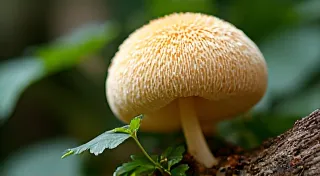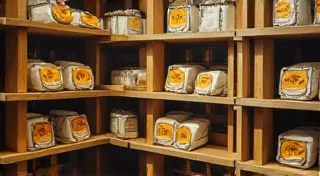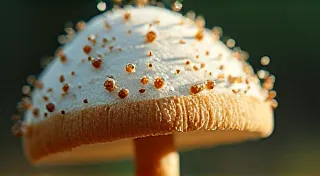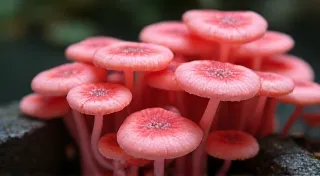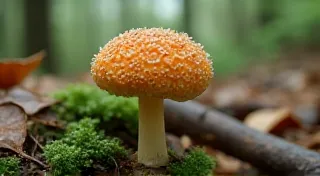Creative Culinary Uses for Uncommon Mushrooms
So, you're growing exotic mushrooms at home! Congratulations – you’re about to unlock a whole new world of flavor and culinary creativity. Forget the button mushrooms; we're diving deep into the fascinating possibilities of incorporating Lion’s Mane, Oyster varieties (Blue, Pink, Yellow), Shiitake, Maitake (Hen of the Woods), and others into your meals. This article explores how to move beyond simple sautees and truly highlight the unique qualities of these incredible fungi. For those just starting out, understanding the basics of Lion's Mane mushroom growing can really set you up for success.
Understanding Flavor Profiles
Before we jump into recipes, it’s crucial to understand that each exotic mushroom boasts a distinct flavor profile. The substrate you use plays a significant role in the mushroom’s ultimate flavor, so proper substrate preparation is key for achieving peak taste and quality.
- Lion’s Mane: Often described as having a seafood-like taste (crab or lobster!), it's versatile and takes on flavors well.
- Blue Oyster Mushrooms: These have a delicate, slightly sweet flavor and a beautiful, almost iridescent blue color.
- Pink Oyster Mushrooms: A richer, slightly fruity taste compared to Blue Oysters.
- Yellow Oyster Mushrooms: These are often more robust and have a slightly earthy flavor.
- Shiitake: Rich, savory, and earthy with a meaty texture.
- Maitake (Hen of the Woods): Earthy, woodsy, and a slightly peppery flavor.
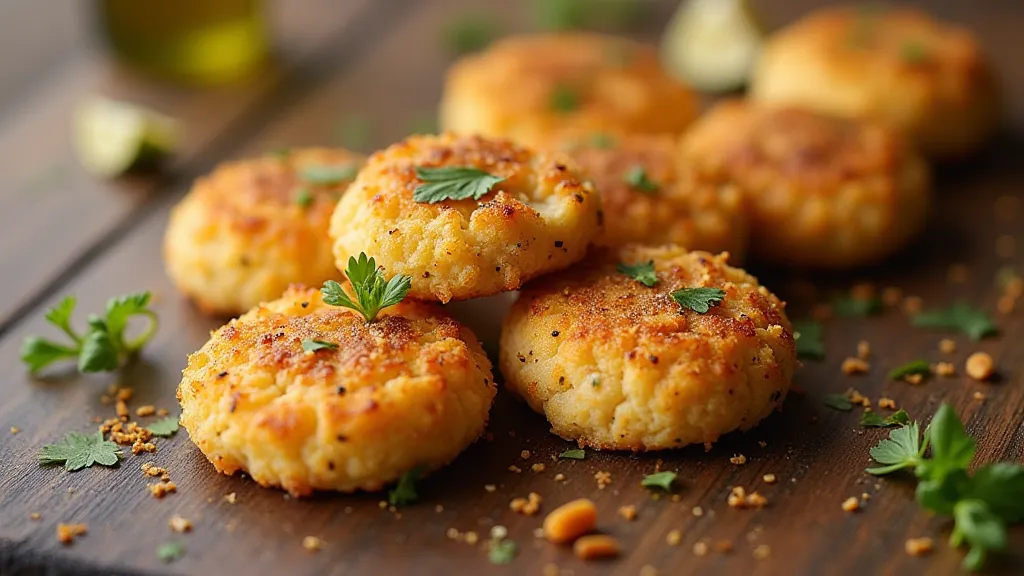
Beyond the Sautee: Cooking Techniques
While sauteeing is a reliable method, consider these alternative techniques to maximize flavor and texture: Understanding the nuances of each mushroom – and how it responds to different conditions – is something mycologists study in depth, much like the silent cartographers who map the hidden world beneath our feet.
- Roasting: Roasting brings out the earthy sweetness and concentrates flavors. Perfect for Shiitake, Maitake, and Yellow Oyster mushrooms.
- Grilling: Grilling imparts a smoky char that pairs beautifully with Shiitake and Maitake.
- Deep Frying: Believe it or not, some Oyster varieties (especially Pink and Yellow) are phenomenal deep-fried! Coat in a light batter and enjoy as a unique appetizer.
- Pickling: Preserve your harvest and add a tangy twist to salads and sandwiches. This is a great way to enjoy your bounty long after the initial harvest.
- Dehydrating: Create mushroom powder to add umami depth to soups, stews, and sauces. This is particularly helpful for smaller harvests or less commonly grown varieties.
Recipe Ideas to Inspire
Here are a few ideas to get your culinary creativity flowing: For those eager to begin cultivating these delicious fungi, consider starting with a simple DIY mushroom grow kit to gain experience.
Lion’s Mane "Crab" Cakes
Embrace the seafood resemblance of Lion's Mane! Pulse the mushrooms in a food processor, combine with breadcrumbs, egg, mayonnaise, and seasonings (Old Bay seasoning is a must!). Form into patties and pan-fry or bake until golden brown.
Shiitake & Maitake Risotto
Sauté Shiitake and Maitake mushrooms with shallots and garlic. Add to a creamy risotto base, using vegetable or mushroom broth for extra depth. A touch of dry sherry complements the earthy flavors beautifully.
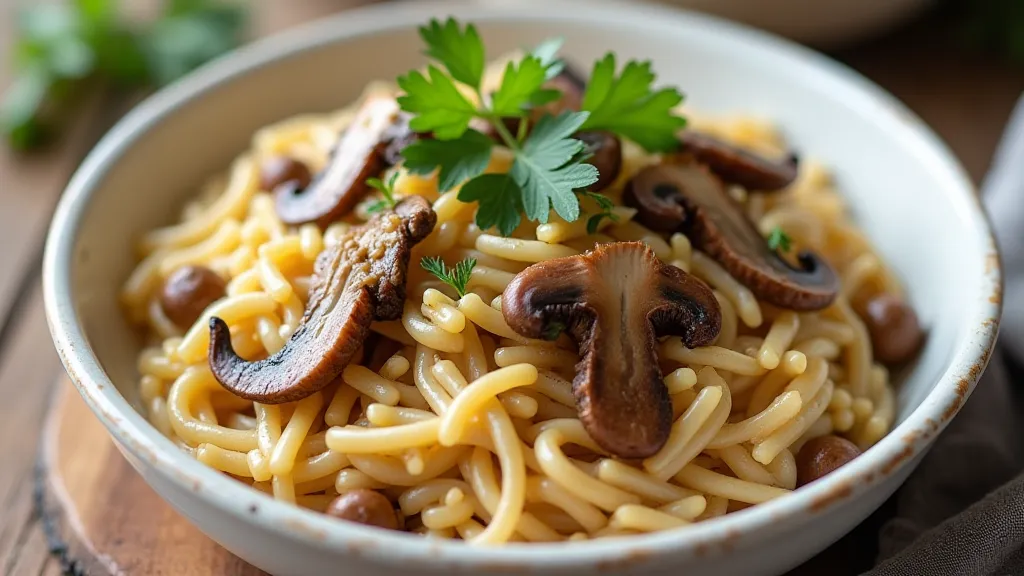
Blue Oyster Mushroom Tacos
Sauté Blue Oyster mushrooms with lime juice, cilantro, and chili powder. Serve in warm tortillas with your favorite taco toppings. A vibrant salsa verde provides a lovely contrast to the mushroom’s sweetness.
Pink Oyster Mushroom Pizza
These mushrooms have a lovely subtle sweetness that complements a rich pizza sauce and mozzarella cheese. Consider adding caramelized onions and a drizzle of balsamic glaze for an extra layer of flavor.
Mushroom Duxelles
Finely chop a mix of your favorite exotic mushrooms (Shiitake, Oyster varieties, Maitake). Sauté with shallots, garlic, and herbs until the liquid evaporates and you have a rich, intensely flavored spread. Use as a filling for pastries, ravioli, or as a base for sauces. This versatile preparation can also be used as a delicious stuffing for roasted chicken or pork.
Tips for Success
Beyond the cooking techniques, understanding the science behind mushroom cultivation—how they interact with their environment, the ideal humidity and temperature—is a journey of continuous learning, a world as complex and fascinating as the silent cartographers who chart the vast, hidden networks beneath the forest floor.
- Don't Overcook: Exotic mushrooms tend to become rubbery if overcooked. Aim for tender-crisp. Achieving that perfect texture often comes down to a keen eye and a little practice.
- Pair with Complementary Flavors: Consider the mushroom’s flavor profile and choose pairings that enhance it. Earthy mushrooms often pair well with rich sauces and hearty grains, while delicate oysters shine with bright citrus and fresh herbs.
- Experiment! The beauty of home cultivation is the freedom to experiment and discover your own unique mushroom creations. Don't be afraid to try new flavor combinations and cooking methods. You might just stumble upon your next signature dish!
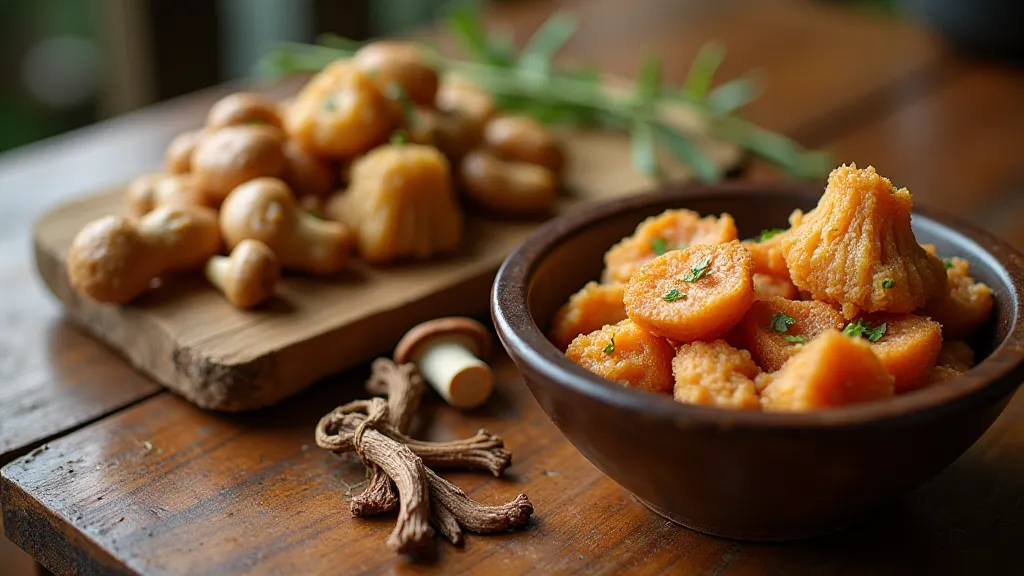
With a little imagination and these culinary techniques, your home-grown exotic mushrooms will transform into unforgettable meals. Remember, mastering the art of mushroom cultivation is a journey—a constant cycle of learning, experimenting, and reaping the delicious rewards. Happy cultivating and cooking!
